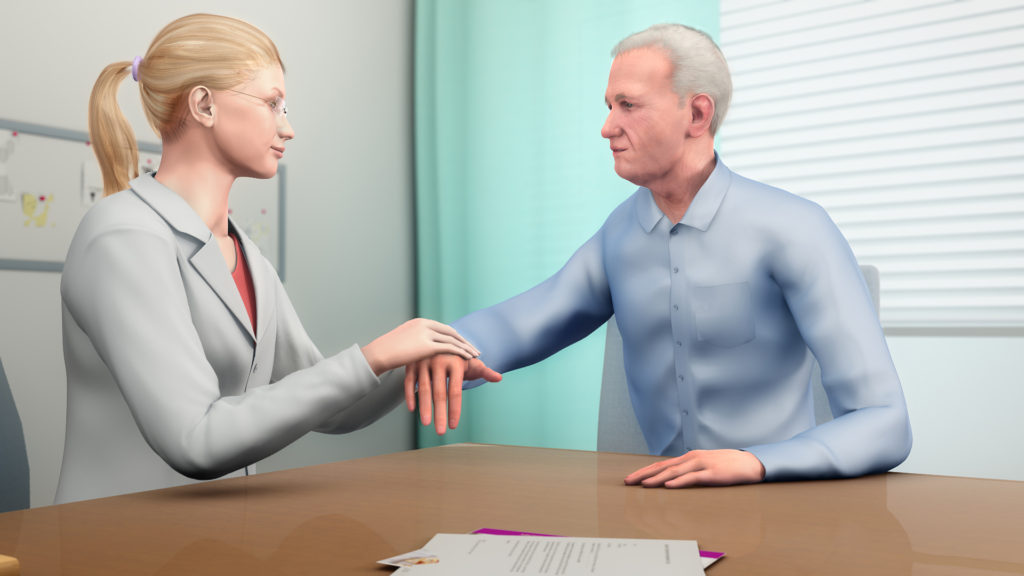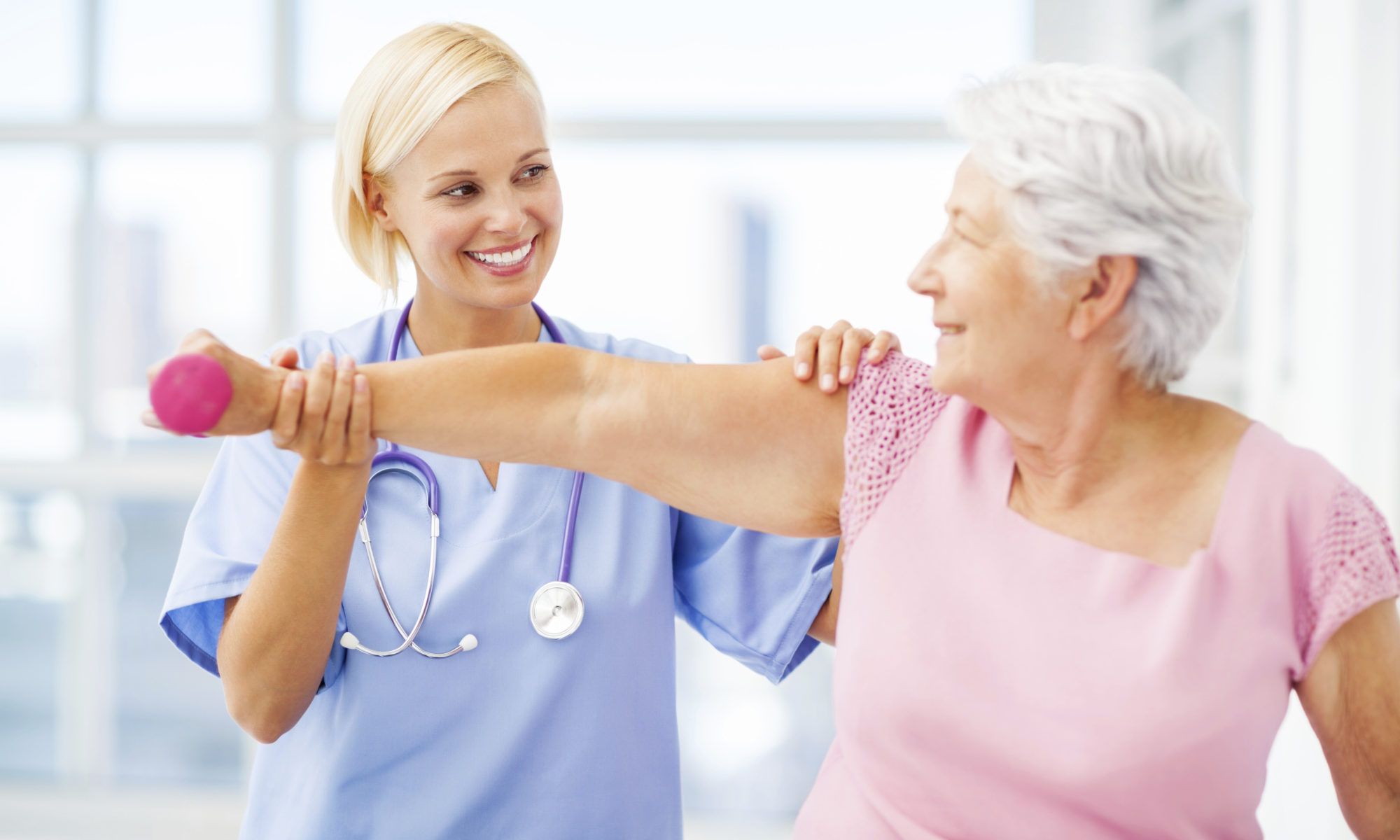Prior to submitting your contact information, please read the following information:
This research study is titled: ‘A Randomized Pilot Study Assessing Vagus Nerve Stimulation (VNS) During Rehabilitation for Improved Upper Limb Motor Function after Stroke”.
These webpages describe the study to help you decide if you want to participate in a clinical trial on Vagal Nerve Stimulation (VNS) for the treatment of upper limb rehabilitation after stroke. This provides important information about what you will be asked to do during the study, about the risks and benefits of the study, and about your rights as a research subject. This is a research study. We are inviting people with upper limb (arm and hand) problems after stroke to participate in this study.
The purpose of this study is to investigate the effectiveness and safety of vagus nerve stimulation used during rehabilitation therapy (the Vivistim System) in the treatment of stroke. The vagus is one of the 12 cranial nerves (nerves that provide information between the body and brain). To prepare the vagus nerve for stimulation, you will be put to sleep for surgery. An electrode lead will be placed under the skin at the base of the neck and attached to the nerve.
The study will use the Vivistim System: an implantable system developed by MicroTransponder, consisting of an implantable pulse generator, implantable lead and electrode and external controller system. Medical devices providing vagus nerve stimulation have been used and marketed for several years for the treatment of epilepsy and depression. Vagus nerve stimulation has also been used with movements in an animal model of stroke recovery and this study improved movement after stroke in these animals. This study hopes to learn about the effectiveness and safety of a possible treatment for upper limb rehabilitation after stroke in humans. This is the third study of vagus nerve stimulation and rehabilitation for the treatment of stroke. This study showed that some people using VNS were helped more than those just having rehabilitation only; however, some people were not helped.

For this study the settings will be the same as those tried for the previous studies for one group, and the other group will receive different settings. The group that receives different settings will come back and have another rehabilitation session, after a few weeks of rest, at the same settings that were tried in. Although it is thought that one setting might be better, it is unknown which setting is better. This study will help show which settings is better (more effective).
If you are interested in being involved in this study, please press “continue”
